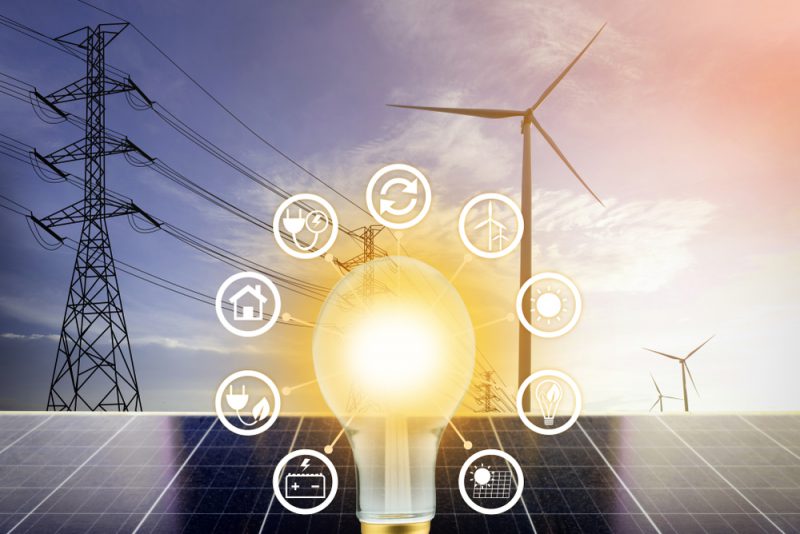Department of Energy launches two clean energy initiatives at Clean Energy Ministerial

The U.S. Department of Energy finally kicked-off two new clean energy initiatives, the Nuclear Innovation: Clean Energy Future (NICE Future) and the Carbon Capture, Utilization and Storage (CCUS), at the Ninth Clean Energy Ministerial (CEM9) held last week in Copenhagen, Denmark.
In announcing the launch of the initiatives, U.S. Deputy Secretary of Energy Dan Brouillette said they fulfill Energy Secretary Rick Perry’s “vision to expand the spectrum of clean energy technologies and approaches considered under the CEM.” Perry announced the initiatives last year at the CEM meeting in Beijing.
“International collaboration on both initiatives will not only help our environment and our economies, but it will also add to the New Energy Realism of the future — a world driven by innovation,” Brouillette said.
The United States, Canada, and Japan are leading the NICE Future initiative. The partnership seeks to leverage advanced energy systems and applications, including nuclear-renewables, to improve power system integration. The partnership, which is supported by South Africa, the United Arab Emirates, the Russian Federation, Poland, Argentina, and Romania, will also highlight opportunities to develop innovative nuclear technologies, to better assess emerging applications, and to improve international partnership on nuclear innovation, policies, and investments.
CCUS is being led by the United States, Norway, and Saudi Arabia to strengthen the framework for public-private collaboration on carbon capture, utilization and storage efforts currently led by the Carbon Sequestration Leadership Forum, the International Energy Agency, and the Global CCS Institute.
“The vital importance of both of these energy technologies are often under-recognized in their contributions to clean air,” Perry said. “Both the NICE Future initiative and CCUS initiative highlight nuclear and CCUS contributions to the world by shedding light on their reliability, efficiency, and resiliency, which can only be made greater by constant innovation.”
